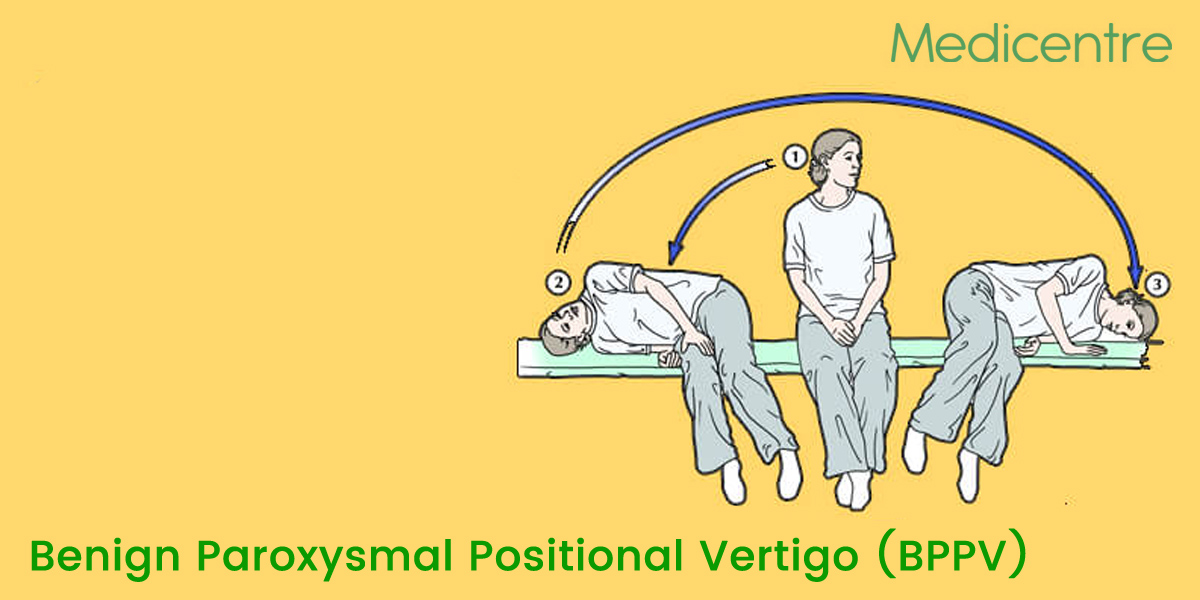

Get recommendations from family, friends, or from other health care providers.General tips when you're looking for a physical therapist (or any other health care provider): You can find physical therapists who have these and other credentials by using Find a PT, the online tool built by the American Physical Therapy Association to help you search for physical therapists with specific clinical expertise in your geographic area. A physical therapist who is a board-certified neurological clinical specialist, who completed a residency or fellowship in neurologic physical therapy, or who has advanced knowledge, experience, and skills that may apply to your condition.A physical therapist with specialized training and experience in vestibular rehabilitation.A physical therapist who is experienced in treating people with neurological problems.Physical therapists use their education and experience to evaluate and treat dizziness and imbalance. These clues will help your physical therapist make an accurate diagnosis, or indicate the need for a referral to another specialist. For example, is your dizziness made worse by movement or position changes? Is your dizziness eased by stillness or rest?īe sure to discuss any recent illnesses or injuries, problems with your immune system, changes in medications or hormones, and whether you have headaches. Do your best to explain what makes your dizziness better or worse. And describe how long your symptoms last (seconds, minutes, hours, or days). It is important to be as specific as possible when describing your symptoms to your health care provider.įor example, explain if you have light-headedness or if you see or feel the room spinning during an episode. This can make the source of dizziness challenging to diagnose. Dizziness is often hard for people to describe. This will help them determine the right treatment maneuver to reduce or eliminate your vertigo. During these tests, your physical therapist will watch your eyes for specific movements. They will help your physical therapist determine the cause and type of your dizziness. These tests require moving your head in specific ways. Physical therapists use positional tests to recreate BPPV symptoms. Your physical therapist will perform tests to see whether vertigo and involuntary eye movement are present. Most often, the cause of BPPV is not known.īPPV is diagnosed if you have a particular kind of involuntary eye movement called nystagmus, and whether you have vertigo when your head is moved into certain positions. When you move your head a certain way, the crystals move inside the canal and stimulate nerve endings. BPPV occurs when these crystals break off and move to a part of the inner ear called the semicircular canal. People often refer to pieces of the otoconia as crystals. Inside the inner ear, there is a layer of calcium carbonate material called otoconia. This dizzy or spinning sensation is called vertigo. Positional means that symptoms are triggered by changes in head position, such as when lying down, turning over in bed, or looking up. Paroxysmal means that the spinning sensation occurs suddenly. It is more common in females and may be hereditary.īenign means that this disorder is not life-threatening. BPPV causes short periods of dizziness when moving your head into certain positions. This system works to maintain your balance. Benign Paroxysmal Positional Vertigo is a common inner ear problem that affects the vestibular system.


 0 kommentar(er)
0 kommentar(er)
